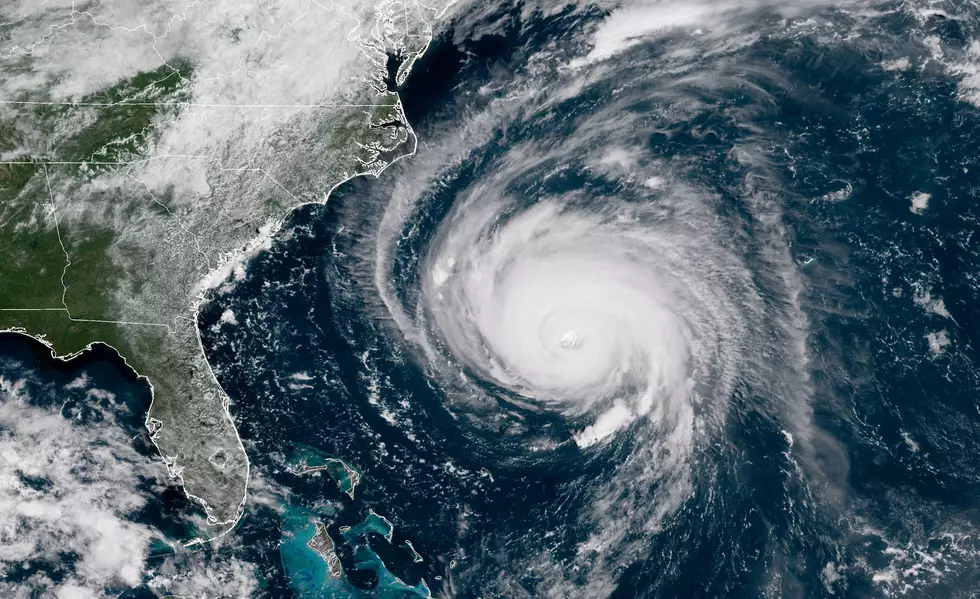
Local Hudson Valley Officials Issue Reminder About Hurricane Prep
Since we are in Hurricane season and the risk for a strong storm hitting the local area has increased over the last few months, local Hudson Valley officials have issued a reminder to be ready.
Hurricane season is underway, it began on June 1 and is in effect until November 30. Because the National Oceanic and Atmospheric Administration has increased the chances for a major storm to hit somewhere along the East Coast, local Hudson Valley officials have issued a reminder about being ready and prepared if and when a storm should hit.

The latest data release earlier this month shows that for the seventh year in a row, a major hurricane was named even before the hurricane season start date of June 1. In the middle of May, subtropical storm Ana was named when it developed in the Atlantic and passed near the island of Bermuda.
If you look at the new numbers for the entire East Coast, there's now a 68% chance that a major hurricane will hit somewhere between Florida and Maine, which is a 16% increase since the initial list was put out in May. There are now 20 names ready to be used for subsequent storms and it's estimated that nine will become dangerous hurricanes and four becoming major hurricanes.
In Westchester County, emergency responders have released recommendations for residents to set aside several days worth of non-perishable supplies like water, food, and medicine and keep flashlights handy along with batteries in the event of a power outage.
According to Westchester Country Department Of Emergency Services, here are some helpful tips on what you'll need in the event of a Tropical Storm or Hurricane hitting our coastline.
Make sure you have an emergency preparedness kit ready that includes:
- Gallon of water per person per day
- Three-day supply of canned, packaged or other ready-to-eat foods.
- Foods that can be stored include ready-to-eat canned meats and fish, protein or fruit bars, dry cereal and granola, peanut butter, nuts, crackers and canned fruit
- Manual can opener and eating utensils
- Flashlights and batteries
- First aid kit
- Battery-powered or hand-crank radio
Food is essential for survival during a hurricane. Here's a few tips on things you should do prior to the arrival of any major storm:
- Set your refrigerator to the coldest setting to keep food fresh longer if you lose power.
- Keep your refrigerator closed as much as possible. Do not assume refrigerated foods are safe.
- Foods that are fully frozen are safe to use.
- Foods that have warmed to room temperature for more than two hours or have come into contact with floodwaters should be discarded. When in doubt, throw it out.
It's also a good idea to have an escape route planned in case you have to evacuate due to flooding, and remember your pet in your plans as well.
Here's a video released by the National Oceanic and Atmospheric Administration and discuses the hurricane outlook, and how to make sure your ready for a major storm.


